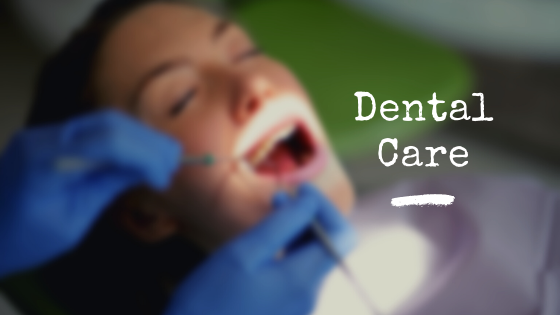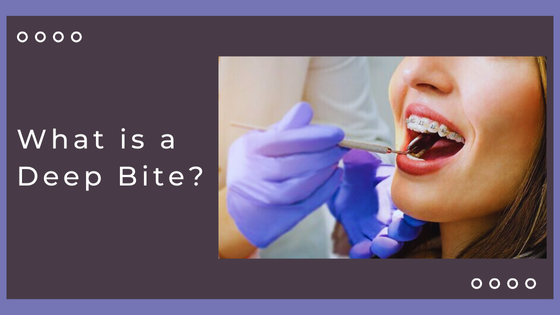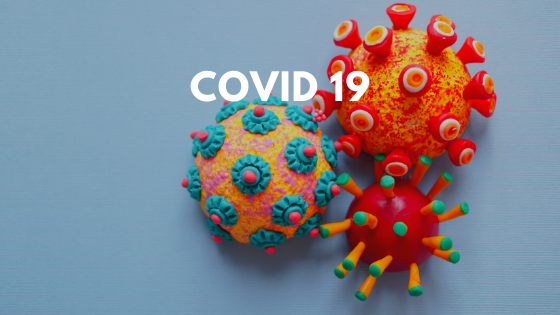The human oral cavity is full of bacteria. Some types of these bacteria convert certain carbohydrates and sugars present in the food ingested into acids. The acid, bacteria, saliva, and food combine to first form an initially soft layer known as plaque over the enamel coating on teeth. If the plaque is not removed by brushing teeth after every meal, it hardens. The hardened layer is known as tartar or calculus.
The acid in the tartar layer then attacks the enamel protective layer on teeth. Eventually, the acid eats through enamel at a location. Due to this action of acid on enamel, a cavity is caused in the enamel. The patient does not get affected by a cavity in enamel, as no symptoms are noticeable at this stage.
The acid then acts on dentine, which is the comparatively softer layer of teeth inside the enamel. This is the first stage when a patient feels tooth sensitivity, especially on drinking cold liquids. Further, this is the first stage when the patient complains of toothache.
After the acid has eaten through the dentine layer, it reaches the inner cementum layer. Inside the cementum layer is the pulp of teeth. In the pulp is the root canal. In the root canal are nerve endings. The action of acid on the nerve endings causes severe toothache.

If no action is taken at even this stage, the root of the affected tooth can become very weak, become loose in its socket, and fall off. There is no natural replacement for a permanent tooth that falls off. So, if you want to avoid this, visit your dentist. If you don’t have one, you can easily find a dentist in Daytona Beach, FL using the internet.
Generally, premolars and molars are more susceptible to cavities and tooth decay, although this can occur in incisors and canines too. This is because it is more difficult to clean premolars and molars through brushing and flossing, as they are at the back of the mouth
The action of acid, bacteria, saliva, and food causes cavities in teeth and tooth decay. Decay of teeth is known as dental caries. Caries can occur in children, teens, young people, and in old people.
Cavities in teeth and consequent tooth decay are one of the commonest teeth related issues treated by dentists.
Before tooth decay actually occurs and at every stage of gradual tooth decay described above, dentists routinely advise prevention techniques and treat patients.
Prevention essentially entails regularly brushing teeth after every meal and flossing teeth periodically through techniques recommended by dentists for brushing and flossing. Precautions include avoidance of certain classes of food such as potato chips or carbonated drinks, drinking adequate quantities of water daily, and using fluoride containing toothpaste.
Treatment in the initial hardened plaque and tartar formation stage entails removal of plaque through use of ultrasonic toothbrushes and air abrasive polishing tools. Treatment at a later stage involves use of crowns and silver amalgam fillings to plug cavities and root canal treatment. Fallen off permanent teeth are replaced by artificial teeth implants made of gold, ceramic, and porcelain.



